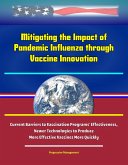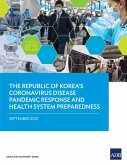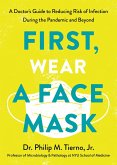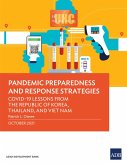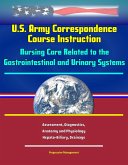Even though only a little over half of Americans typically get vaccinated, CDC estimates that flu vaccination prevented 3,000 pneumonia and influenza deaths during the 2015-2016 flu season alone. Increasing the number of Americans that get the annual flu vaccine will prevent more deaths and illnesses. Not only can the flu vaccine help prevent an individual from getting the flu, but it also helps reduce severe outcomes when someone does get sick with the flu. During past seasons, about 80 percent of flu-associated deaths in children have occurred in children who were not vaccinated. Similarly, a recent study found that receiving the flu vaccine reduced severe outcomes in hospitalized patients by reducing deaths, reducing ICU admissions, reducing ICU length of stays, and reducing overall length of stay for hospital patients. While the flu vaccine is currently the best tool to prevent illness, there is room for improvement. The CDC recently announced that this year's flu vaccine was only about 36 percent effective in preventing an individual from getting the flu. The vaccine's effectiveness varied from different age groups and for different strains of the virus. For example, the vaccine was 59 percent effective in children. However, it was much less effective in adults. For all age groups, the vaccine was only 25 percent effective this season against the deadliest strain of the flu, H3N2.
This compilation includes a reproduction of the 2019 Worldwide Threat Assessment of the U.S. Intelligence Community.
Dieser Download kann aus rechtlichen Gründen nur mit Rechnungsadresse in A, B, CY, CZ, D, DK, EW, E, FIN, F, GR, H, IRL, I, LT, L, LR, M, NL, PL, P, R, S, SLO, SK ausgeliefert werden.



